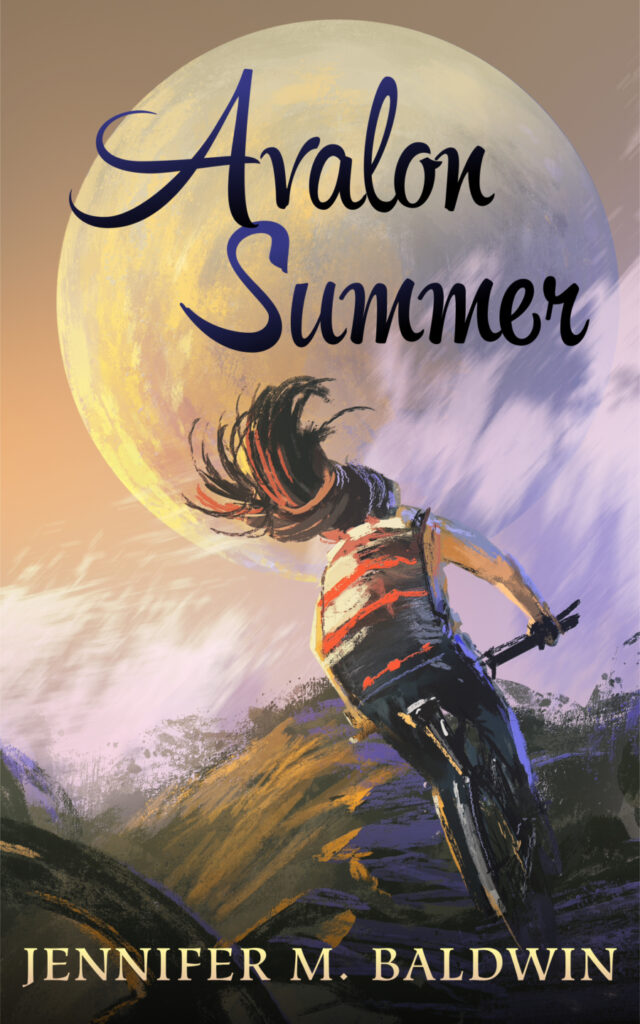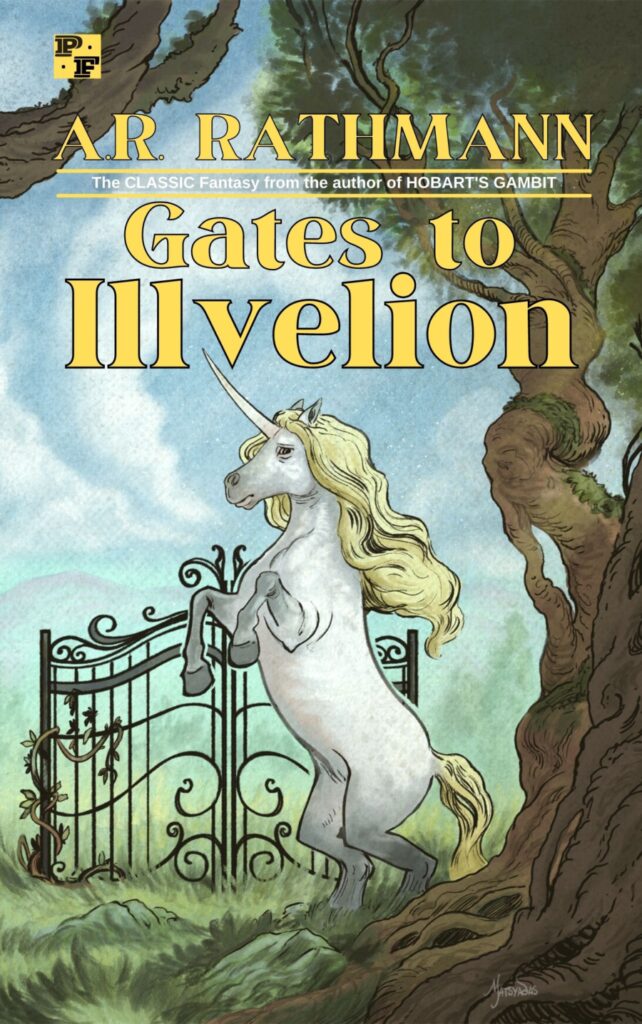I’m teaching a Creative Writing class for the first time in several years, and this week was our first week. I’ve got fourteen students — high school kids — and we started the week watching a movie, coloring, and eating candy (an idea I blatantly stole from Lynda Barry... sorry for being a thief, Professor Lynda!).
It was great, though. Super chill. Fun and relaxing. A big part of this class is about having fun and being playful, so watching a movie and coloring felt very playful and kid-like. These are teenagers, so sometimes they want to act grown-up and mature and be sophisticated adults, but there’s also this yearning for childhood and play and fun (something often sorely missing from their busy, over-stuffed lives), so by giving them permission to have fun, to be a kid again, to be silly and do something “just because,” I’ve (hopefully) given them permission to also be creative.
We talked a bit about what it means to be creative, and my biggest message on this is that creative means “to create,” so any time they are making something, they are being creative. Doesn’t have to be “original” or “special” or even “good.” Just has to be making something.
What that something is, I’m leaving up to them.
(One student asked if she could make jam every week, and I said, “Um… okay? But maybe write, like, a poem and stick it on the label?” It is a creative WRITING class after all; I feel like some writing should be in there somewhere…)
We also spent some time decorating our writing notebooks and choosing “guardian spirits” (via Austin Kleon), and I told them they had to do some “input” every day and that a big chunk of their grade will be based on how much input they take in week after week.
Input includes reading poetry, fiction, non-fiction, essays, comics, watching movies/TV, listening to music, looking at art, and having new experiences. When I told them they had permission to watch a bunch of movies this week and count it as their “homework” for my class, they all got very excited and couldn’t believe their luck. I also got very excited. I can’t wait for them to spend their week watching movies and getting ideas and having fun.
I’m very big on fun these days. We take things too seriously, acting as if writing stories or reading books or making art is some kind of excruciating task that tortures us. If reading a book is torture, you’re doing it wrong. And if writing something that came out of your imagination is laborious and unfun, then also: doing it wrong. This is art, kiddos. Not work.
So, we spent some time talking about how to have fun, and then I tried to do things all week that were fun. We went on walks. We listened to Japanese soul music from the 1970s. We made blackout poetry. We spent an entire class period inputting things into our brains: some students watched a movie, others read novels and poetry. I too read a book during that time, and listened to some synthwave music.
Their assignment this weekend is to keep doing their input, everyday. I’ll check their input logs on Monday.
I also asked them to spend thirty minutes to an hour doing some idea-generating. I gave them a list of twenty different activities to try, including playing the “What If?” game, making a list of titles, and listening to music to see what images and ideas flow from the songs.
In some ways, you could look at this first week and say, “She didn’t teach them anything! They just goofed around!”
And you’d be right. We did goof around. We did silly things. Playful things. Fun things. I gave them some advice about writing, but mostly, we just played. Because if they’re going to be writing creatively, they must first be playful. They must first be given permission to have fun. It’s a permission they were craving.
This first week was the giving-permission week: “Yes, you can play. Yes, you can laugh. Yes, you can make jam.” (Just maybe make a poem or a clever line to go with it.)
Going forward, we’ll learn some craft; we’ll learn techniques. I’ll give them prompts and exercises. But I’ll also continue to give them space and time and permission to have fun.


